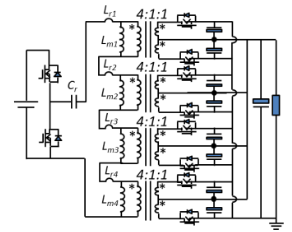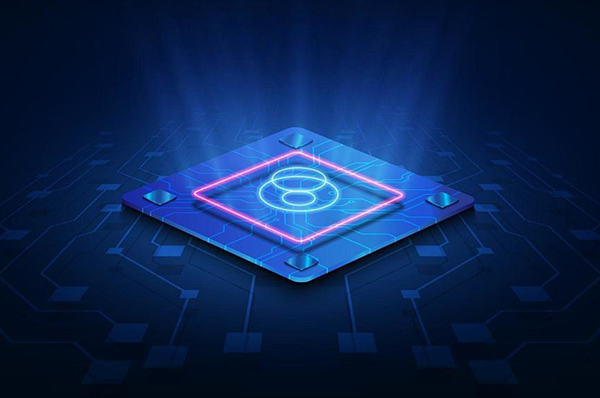Due to this rapid growth, the rising need to address this surging energy demand has prompted industry leaders such as Google, Facebook, Cisco, and IBM to explore innovative alternatives in data centre and their power architecture. Figure 1 depicts the current architecture that makes use of a 12V bus.
- 中文简体
- 中文繁体
- English
- Русский
- 日本語
- 한국 사람
- Français
- Deutsch
- हिंदी
- Português
- Español
- بالعربية
- Corsu
- guarani
- kinyarwanda
- Hausa
- Norge
- Nederlands
- Yoruba
- गोंगेन हें नांव
- Latina
- नेपालीName
- čeština
- ʻŌlelo Hawaiʻi
- ჯორჯიანიName
- فارسی
- भोजपुरी
- беларускі
- Kiswahili
- ÍslandName
- ייַדיש
- tur
- Gaeilge
- ગુજરાતી
- Slovenská
- היברית
- ಕನ್ನಡ್Name
- Magyar
- தாமில்
- بالعربية
- বাংলা
- Azərbaycan
- lifiava
- IndonesiaName
- dansk
- Shona
- Bamanankan
- Lietuva
- Tiếng Việt
- Malti
- Türkmençe
- অসমীয়া
- català
- සිංගාපුර්
- Suomalainen
- Кыргыз тили
- Eʋegbe
- Hrvatski
- a n:n
- Quechua
- bosanski
- Maori

As mentioned above, traditional designs, reliant on a 12V bus, suffer from excessive i2R losses and multiple energy conversion stages, resulting in diminished system efficiency. To combat these inefficiencies, a shift towards higher voltage distribution buses, notably 48V and 400V, is underway, exemplified by initiatives like the International Electronics Manufacturing Initiative (iNEMI) standardization project for DC/DC converters.
However, improvements in converter technology, especially for LLC resonant converters, are required to achieve better efficiency and power density. These converters utilize modern materials such as wide bandgap devices and magnetic structures to enhance performance, paving the way for future data centre power systems.
Integration of a Planar Matrix Transformer
For applications like computer servers needing low-voltage, high-current outputs, LLC converter design faces several difficulties in current sharing along with high di/dt AC currents concentrated at termination points causing significant termination losses. Issues like leakage inductances, winding losses, weight, and cost, still prove to be a liability in terms of operation. On the other hand, planar PCB winding transformers can be advantageous in terms of automatic manufacturing and high-power density. They use matrix transformers which ensure even distribution of secondary currents to SRs, addressing design challenges in a practical manner, especially when integrated into a structured LLC converter with a four-core design. The below figure 2 shows how a regular LLC converter is integrated with a matrix transformer.

The matrix transformer utilizes four sets of UI cores, increasing core loss compared to a single ER-core setup. To mitigate this, primary winding modifications enable flux cancellation, reducing core size and loss. Integrating SRs and capacitors into the secondary winding minimizes AC termination losses and doubles the number of cores and SRs. This not only optimizes the design but also results in an efficiency rate of 97.1%, maintaining a power density of 700W/in3. However, challenges persist, such as complexity in manufacturing due to multiple core usage and the need for further efficiency improvements to replace existing DC/DC converters operating at lower frequencies.
- Prev:Getting Started with Raspberry Pi: A Beginner's Guide
- Next:None
Recommend News
-
Tel
+86-0755-83269835 -
E-mail
-
Whatsapp


